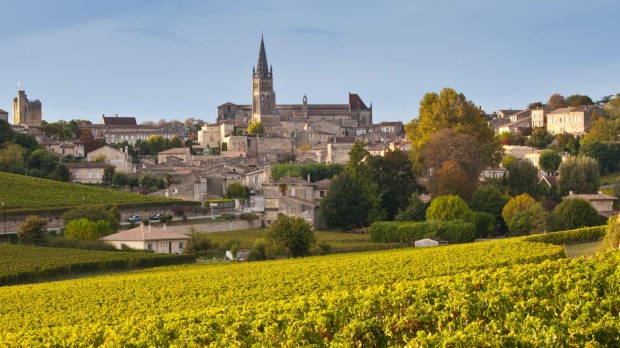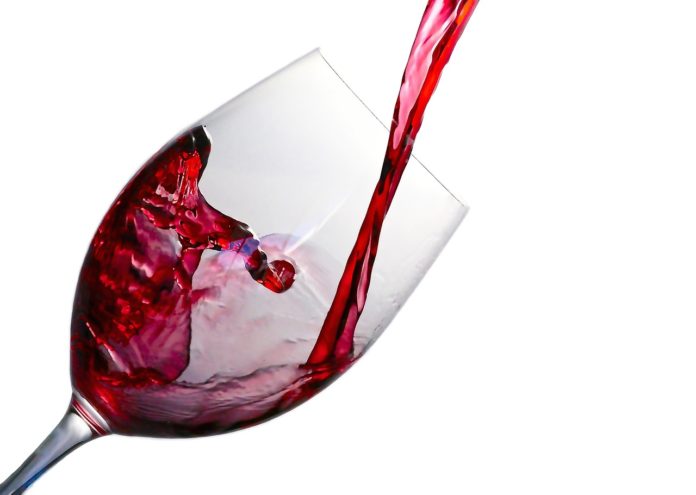
If the country of France is ground zero for wine lovers, then their motherland is almost always the auspicious region of Bordeaux. However, despite the notoriety of this infamous location, it is often fraught with confusion among uninitiated oenophiles.
The rules and restrictions are complex and the names are difficult for non-Francophiles to decipher. Surprisingly though, once the basics are grappled with, Bordeaux ends up being more easily understood than numerous other highly-regulated regions throughout the Old World.
To begin, Bordeaux’s red wines are blends. The blends are based mainly on either Merlot, Cabernet Sauvignon or a combination of the two. Cabernet Franc, the third most widely planted red grape in the region, is a supporting player. It is followed by Malbec and Petit Verdot. Carmenère is the only other grape allowed in the blend; however, it is not commonly used in the present day
Bordeaux is located in the southwestern portion of France. It is marked by two rivers, the Garonne and the Dordogne. Those rivers join in the center of the region to form the Gironde which flows westward to the Atlantic Ocean. This neatly divides the area into three distinct sections: the Entre-Deux-Mers, the Right Bank and the Left Bank.
“Entre-Deux-Mers” directly translates to “Between Two Seas.” It is an apt descriptor as it is the land located between the Garonne and Dordogne before they join together. The soil in this area is overly fertile, so it is not considered prime terroir. The resulting wines lack concentration and do not possess the ability to age like their counterparts on the outer banks.
Although white grapes make up only about 15% of the grapes cultivated in Bordeaux, the majority of white grapes grown in Bordeaux hail from the Entre-Deux-Mers.
The varietals are mainly Sauvignon Blanc and Semillon. These are typically found in combination with a minor portion of Semillon balancing the acidic Sauvignon Blancs and labeled White Bordeaux. Additionally, this sub-region does produce Merlot grapes in significant quantities, as well.
The east and north of the Dordogne and Gironde is called the Right Bank. Liborne is its major city. Their wines are based largely on Merlot grapes. The prominent areas of the Right Bank are located around Saint-Émilion, and to a lesser extent, in the area of Pomerol. They produce quality wines that can mature but do not feature the age-ability like those of the Left Bank. Wines originating in the peripheral areas of the Right Bank, as well as those made from the aforementioned Merlot grapes in the Entre-Deux-Mers, are considered basic, everyday drinking Bordeaux. And they feature correspondingly friendly price points.
Finally, the most prestigious subsection is the Left Bank. This area unfolds to the west and south of the Garonne and Gironde.
The wines, based mainly on Cabernet Sauvignon grapes, are concentrated. They require aging and possess the ability to mature for decades or more. The Left Bank is divided into Médoc in the north and Graves in the south. Médoc contains Haut-Médoc, which is an even more specific area of prominence in the upper reaches of Médoc. Graves consists of Pessac-Leognan and, below that, Sauternes, which is famous for its unparalleled botrytis-affected, sweet, dessert wines.
In the Bordeaux Classification System of 1855, it was determined that the Châteaus (or wineries) would each qualify for a certain class level based on the quality of their wines. These standings were to be permanent designations. Five Châteaus took top honors and were regarded as Premier Cru. Four of those Châteaus, Lafite Rothschild, Latour, Margaux
As with any wine region, one can delve deeply into the specifics regarding Bordeaux and revel in its complexities. But with the basics down pat, it makes sorting the finer particulars of this complex region much easier. That being said, all this education means it is time to sit down with a nice glass of Bordeaux and appreciate the dedication that went into ensuring and sustaining the quality of such an amazing wine location.



